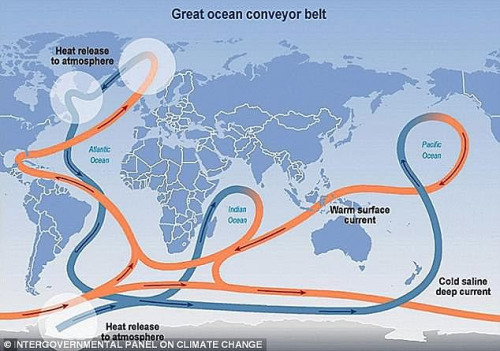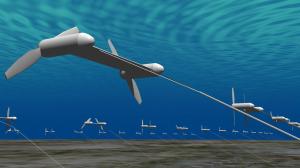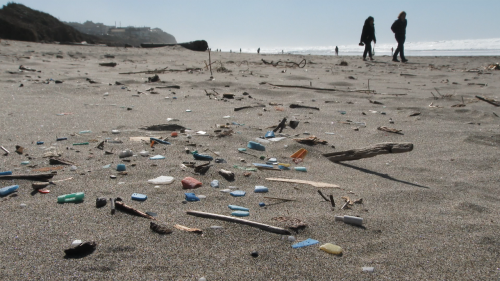#ocean currents
WEAKENING OF THE GULF STREAM
The Atlantic Ocean current, known as the Gulf Stream, is currently at its weakest point in approximately 1,000 years due to climate change. The Gulf Stream, also known as the Atlantic Meridional Overturning Circulation (AMOC), is responsible for moving warm waters from the Gulf of Mexico to the United Kingdom via convection currents. In comparison to data from the 1950’s, the Gulf Stream has already weakened by approximately 45%. Scientists believe increased greenhouse gas emissions are responsible for the changes, and experts warn that the current will reach its tipping point by 2100. If this occurs, extreme weather changes could be experienced across the globe. Sea levels could rise in the United States and Europe could experience colder winters and more frequent droughts.
Source: American Geographical Society, CBS,Washington Post,The Guardian,The Independent,Salon
Post link
Japan to Test New Tidal Turbine System
By: Wendy Laursen
Japanese companies IHI and Toshiba have been selected by Japan’s New Energy and Industrial Technology Development Organization (NEDO) as co-researchers in an ocean current turbine demonstration project.
IHI and Toshiba, together with the University of Tokyo and Mitsui Global Strategic Studies Institute, have been conducting relevant research and development financed by NEDO for…
Deep-sea currents are behind the ocean’s thickest piles of microplastics
They found an average of 41 pieces in each spoonful of sediment from continental shelves. That number dropped to just nine pieces deeper down on the continental slope. But when scientists sampled piles of sediment that build up in the deep ocean, adjacent to fast-flowing currents, they found 190 pieces of microplastics per spoonful of sediment, the highest concentration of microplastics from the sea floor to date, they report this month in Science.
That amount—which adds up to 1.9 million pieces of microplastic per square meter—is likely dumped by the fast-flowing currents, meaning deep-sea circulation plays a role in where microplastics are deposited. These currents also bring vital nutrients and oxygen to the sea floor, scientists say, suggesting microplastic hot spots could overlap with areas rich in biodiversity. As researchers embark on expeditions to survey different areas on the sea floor—like submarine canyons and fans—they may just find the next hot spot.
Post link
The Ocean Is Starting to Lose Its Memory, Scientists Warn
“Ocean memory, the persistence of ocean conditions, is a major source of predictability in the climate system beyond weather time scales,” researchers explain in a new paper led by first author and climate researcher Hui Shi from the Farallon Institute in Petaluma, California.
“We show that ocean memory, as measured by the year-to-year persistence of sea surface temperature anomalies, is projected to steadily decline in the coming decades over much of the globe.”
“The Ocean, now without memory…” would make a good opening line to a solarpunk story.
Post link




